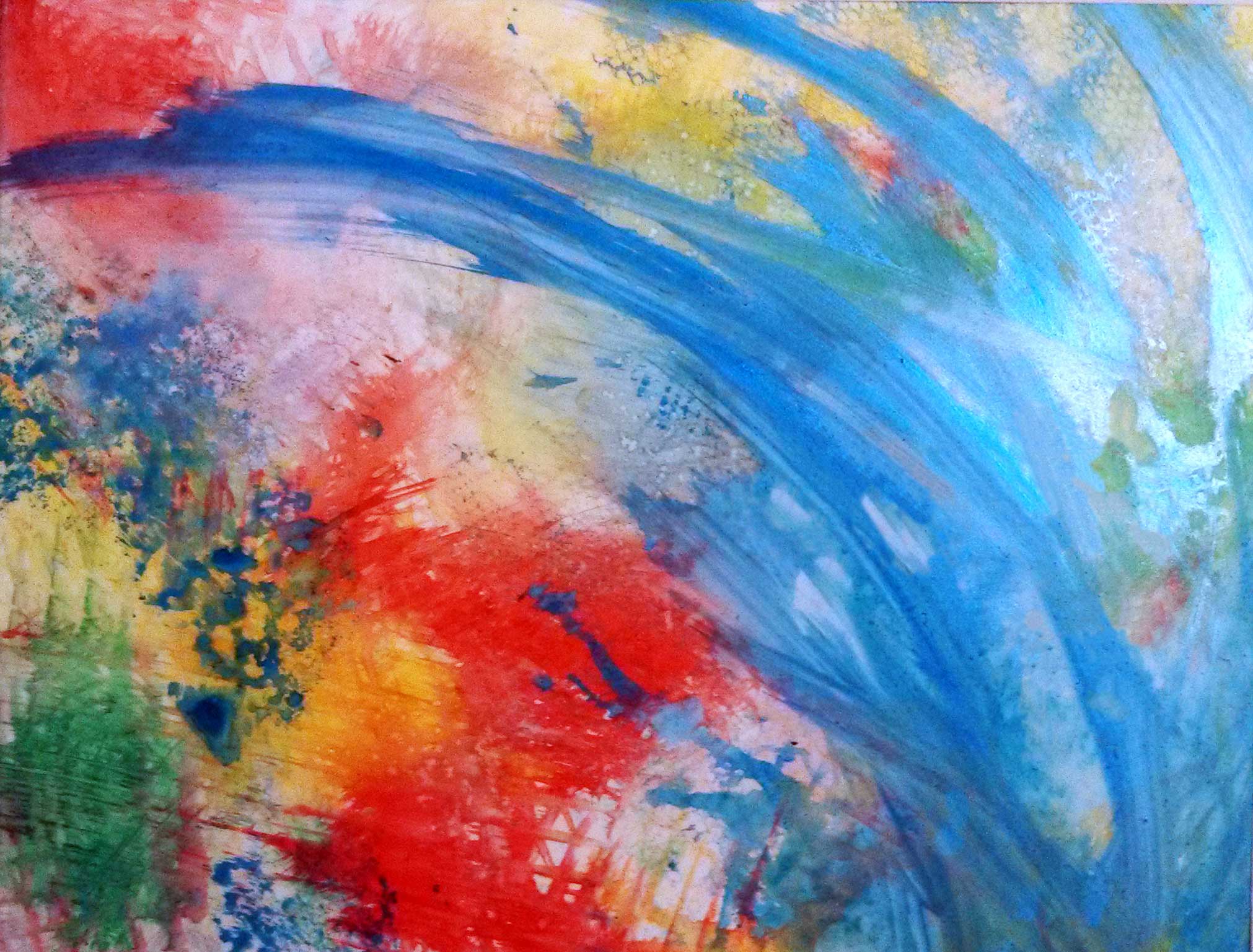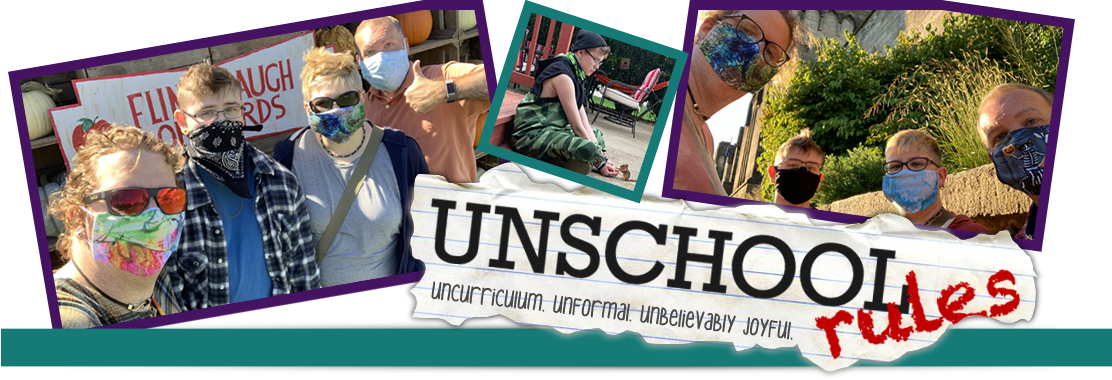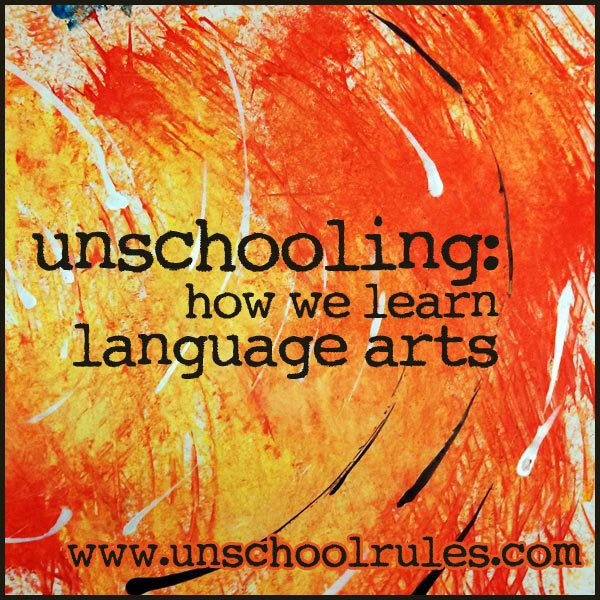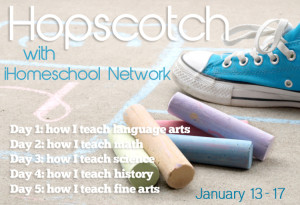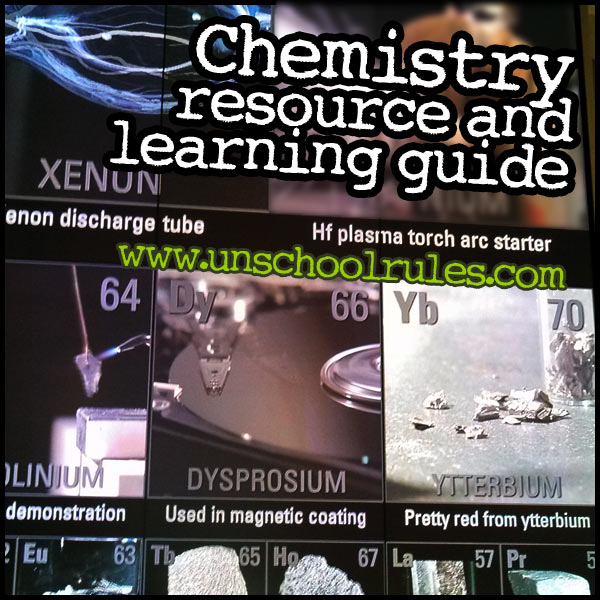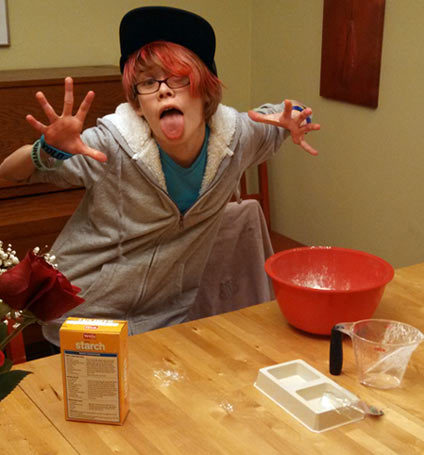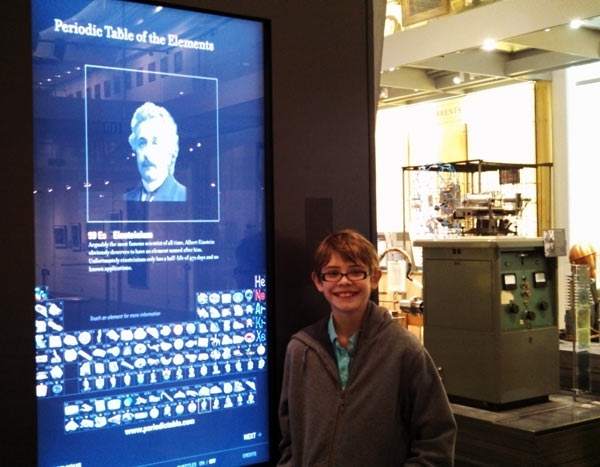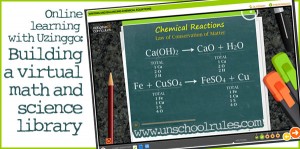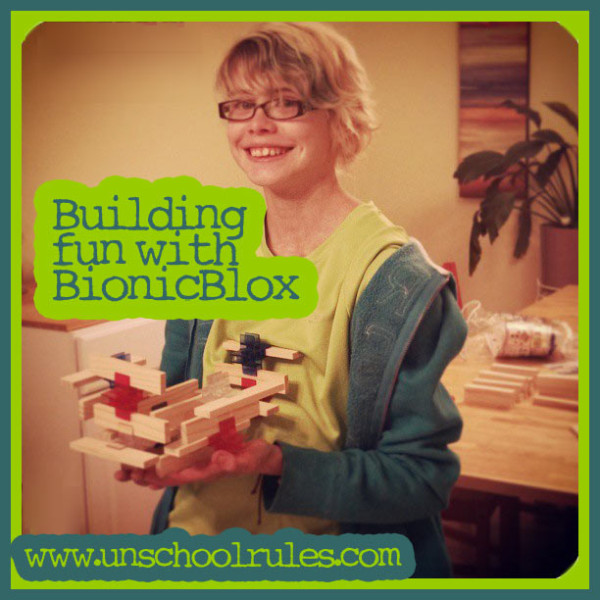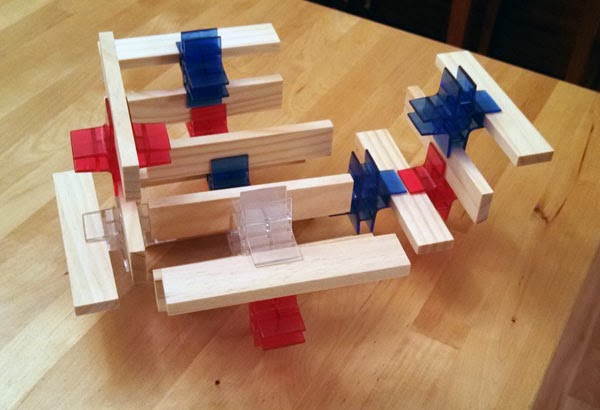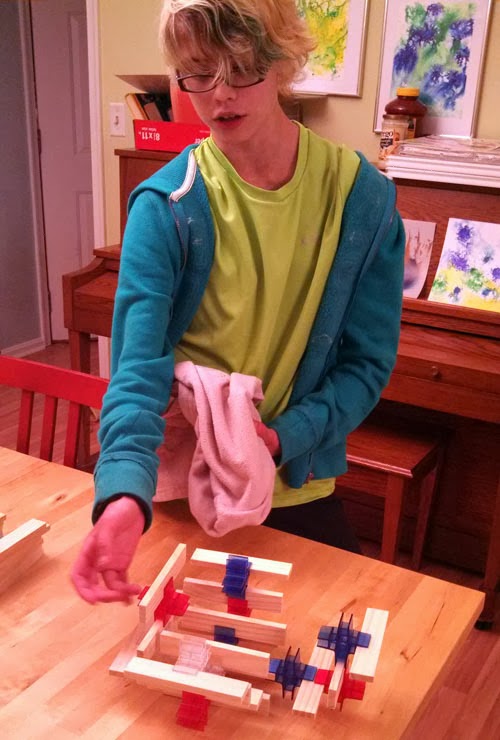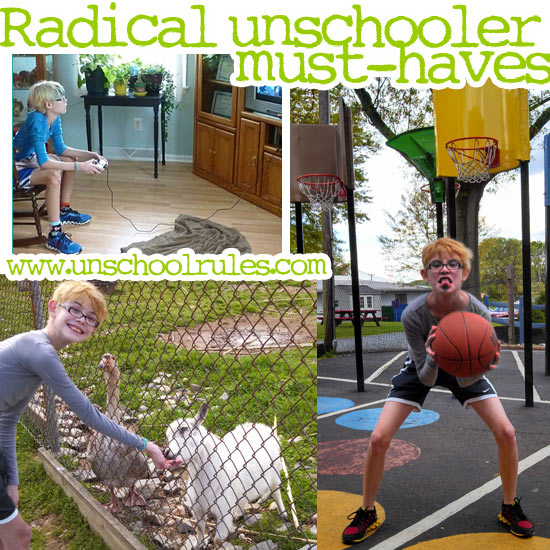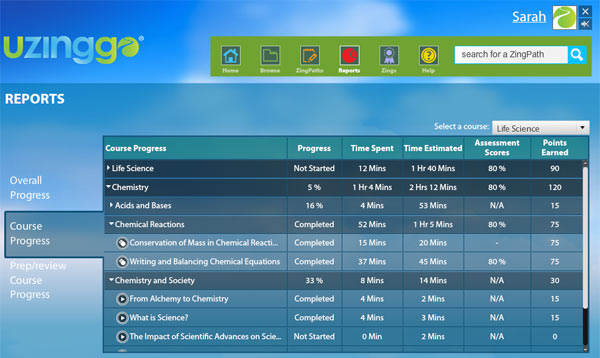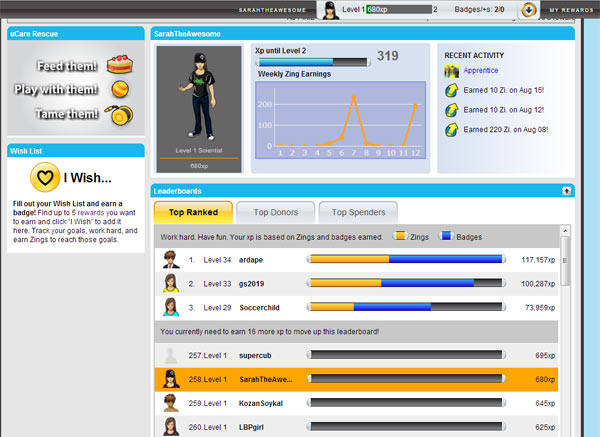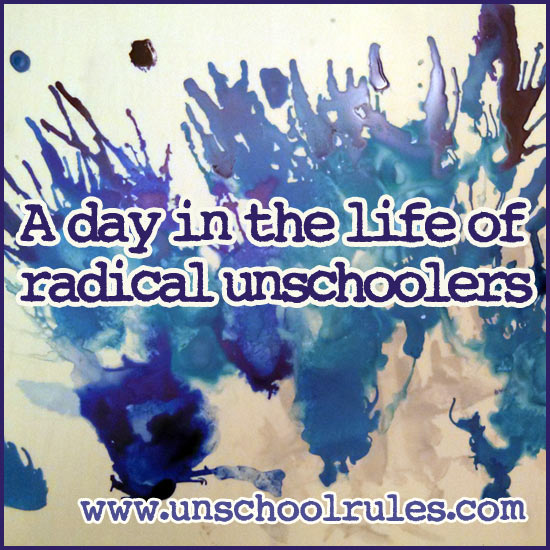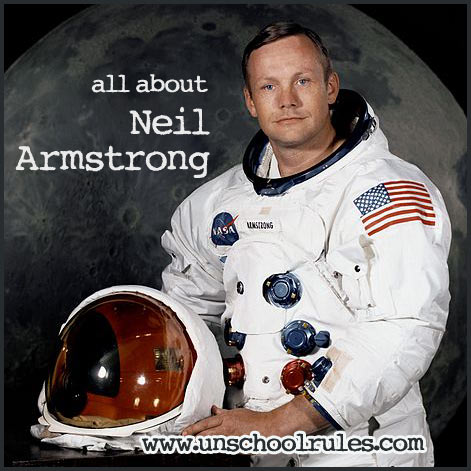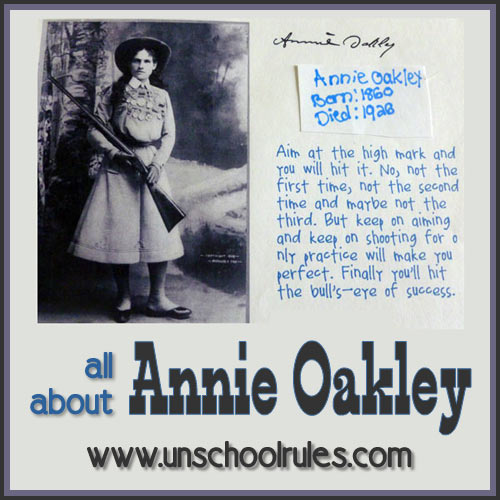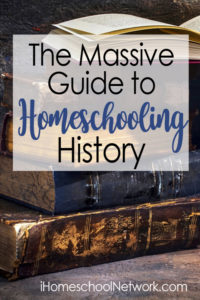So last year, I joked that the unschooled version of a seventh-grade-ish curriculum plan for 2012-13 was the worst title for a blog post ever.
But, uh, it worked! I heard from people literally around the world who loved our un-plan and our approach.
So, why mess with a good thing? This year, under an awfully similar title, I’m chronicling what might be our life, unschooling 8th grade-ish style, with tons of input from Ashar and a generous helping of new resources, as part of the iHomeschool Network’s Not Back to School Blog Hop!
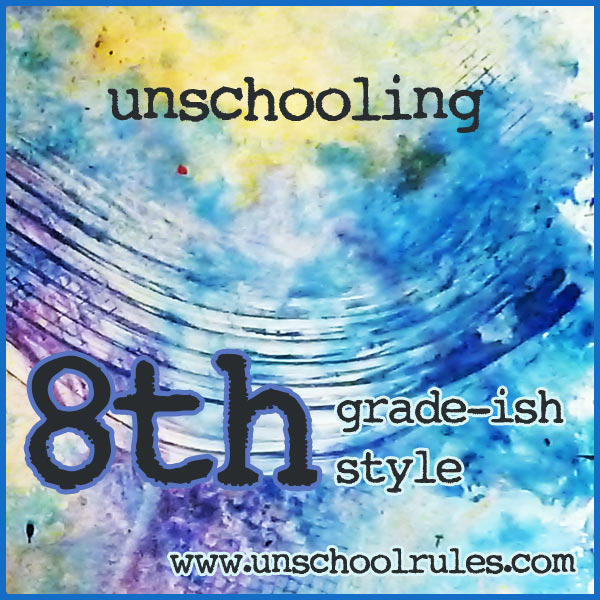
Most days, we have no idea what we’re going to learn about until it happens. We make plans – of sorts – but the best opportunities always seem to be those that just arise naturally.
But I see great value in joining the “curriculum week” blog hop, mostly because I want to show other not-exactly-planning, not-exactly-at-a-grade-level, not-exactly-textbook people – and I know you’re out there – that you CAN make this homeschooling thing work!
If you haven’t already, I also invite you to check out our later ideas, the unschooled version of a 12th-grade-ish curriculum plan (2017-18), the unschooled version of an 11th-grade-ish curriculum plan (2016-17), the unschooled version of a 10th-grade-ish curriculum plan (2015-16) and the unschooled version of an ninth-grade-ish curriculum plan (2014-15). There are also earlier ideas at the unschooled version of a seventh-grade-ish curriculum plan (2012-13).
So with that, here is…
The Conciliotto family’s unschooling 8th grade-ish curriculum
We like books.
Disclosure: This post has some affiliate links. I only link to things we legitimately use and recommend, so if you see such a link, it's because we really do believe in the book or item!
We like
alpacas.
We like video games.
We like taking trips – to well-known destinations and, uh, some crazy out-of-the-way ones, too.
We don’t like quizzes, tests, requirements and reports.
We love going with the flow.
So how does this turn into “curriculum” – and what else will we be mixing in?
As well as I can, I’m going to try to do a subject-by-subject look; that’s NOT how we learn, and most of what we do is what would in my state documentation be called cross-curricular, but this way, if you’re using a planned curriculum in some subjects and want to mix in something we’re using in another, you can see how it might fit.
History, social studies and geography
History and geography? Really not a problem for us.
They’re some of the areas Ashar is most passionate about, and we plan to continue doing what we’ve been doing – reading fiction and nonfiction, watching movies, taking trips, and generally doing everything we can to immerse ourselves in whatever periods and places he’s most fascinated with at the time.
Oh, and did I mention, we own a rather large map? With that beside Ashar each night, there’s almost an unwritten rule in our house that we need to leave time to peer at it daily.
Specifically this year, there are a few time periods that I know we’ll especially focus on.
- Ancient Greece. This interest started last year and shows no signs of waning. We’re working our way through the Percy Jackson and the Olympians series (we’re a little over halfway through the third book out of five, and we cannot wait to see the new movie opening this week!) Along with it, we’re checking out our favorite Greek fictional characters in a book we recently picked up called 30-Second Mythology.
- The history of chemistry. We’ve been on that kick for a while too, but as I’ll talk about more in our science plans, we expect to keep delving into this topic.
- The Revolutionary War. You’ll never guess what drew Ashar’s interest in this… Assassin’s Creed 3! Not the video game everyone would choose for their 13-year-old, I know, but we’ve been really into it. (The only thing we’ve found objectionable has been some brief language, and trust me when I say it’s nothing he hadn’t heard on the middle-school bus.) Anyway, it’s gotten us talking about some huge facets of the time around the Revolution, and in fact, I’ve got a whole post planned on what the Assassins Creed series has brought up in our conversations!
As unschoolers, we tend to have VERY focused books on our shelves pertaining to whatever topic Ashar is most passionate about at the time, whether that’s ancient Greece or the Civil War. Where we’re sometimes lacking is in resources to answer the “in between” questions that come up, or to give more of an overview. And while I hear great things about Story of the World, Mystery of History and other “large-scale” history programs, even as reference materials if not for focused study, they’re a little – often a lot – more than we normally are looking for.
So underpinning all of these things and more this year, Ashar and I are going to be looking for some fun ways to get a quick glimpse at the breadth of history, such as using history coloring books and timelines.
Math
Let me be very clear about math: We don’t require any “book work” for math. We are huge fans of how math appears in the real world, and we firmly believe that learning through math-in-life is how Ashar will succeed.
Any resources we use above and beyond that are only if Ashar is interested, and not anything we do “formally.”
That said, there’s one curriculum-ish thing I’ve talked about a lot as it relates to math, and you might not be surprised to see it back this year: The Life of Fred series.
Last year, we bought the entire 10-book elementary series of Life of Fred, which starts at “Apples” and ends at “Jellybeans.” We read them for fun, when Ashar wanted to, and got midway through Ice Cream, the next-to-last book in the series, before his interest waned.
This year, I started thinking differently about Ashar’s math skills. Working through the elementary Fred books, it became pretty clear that Ashar has now caught on to the concepts behind arithmetic – adding, subtracting, multiplying and dividing, plus dealing with fractions and so on – in a way that had eluded him in public school.
I won’t claim that he knows every math fact cold. He knows a lot – and can generally tell you plenty of them if he’s not rushed to do so quickly. But sometimes, yeah, 7 times 9 doesn’t exactly remind him of 63.
So IF I was going to continue to have Fred on hand for our reading enjoyment, I had a choice to make: Keep rehashing at the lower levels, going through fractions, decimals and percents, or say, “You know what? Ashar’s arithmetic is what is it; he knows how to figure things out (by hand and with a calculator), and he’s capable of understanding more complex concepts, so why not get on with them?”
Bet you can guess which I did. 🙂
Ashar and I sat down and talked about what he might be interested in reading more about. He said he missed Fred, but was getting tired of the “boring parts.” So after looking at our options, we ordered Life of Fred Pre-Algebra 1 with Biology. Ashar said he picked this one because “I hope to learn a lot about biology!” Math and science together – win!
I want to be clear about Life of Fred: While it is described as a Christian series, we are a secular homeschooling family and haven’t had any problems using the fairly few spiritual references we’ve found as talking points about what different people believe, which we like to do anyway.
In addition to our heavy focus on real-world math, and Fred as Ashar’s interested throughout the year, we also agreed to review a middle- and high-school video/animation-based tutoring series for math and science called Uzinggo. You’ll hear more about that later, but at an early glance, Ashar and I think it’s pretty cool!
Science
Well, obviously, one of our key focuses this year will be the biology we pick up from Life of Fred!
We also expect to spend much of our time working with Ashar’s 4-H alpaca club. The hours he devotes to that would likely be enough for a science “credit” on their own, between practices, shows, meetings and project work.
But because science is one of Ashar’s favorite things, another key focus will continue to be chemistry. We’ve spent a significant amount of time already learning about this topic mostly through its history – researching the early alchemists, talking about the periodic table, visiting the Chemical Heritage Foundation’s museum, and so on.
Lately, Ashar has been on a quest to learn more about atoms and elements and how they really work. He is fascinated by the fact that there are bazillions of molecules in a raindrop and routinely brings that up in dinner conversations.
At a recent used book sale we went to, Ashar asked if I could “get him a book of chemistry to learn.” We found a college chemistry text, and a REALLY BORING high school one, but… eww. Not what he was looking for. Heavy on chemical equations, light on real-world applications, and NO PICTURES. So, we’ll have to see what we can dig up instead!
Mixed in with this, I’m reading a really cool book called The Disappearing Spoon about some of the bizarre history of the elements and the periodic table, and while it’s fairly dense reading, I’ve been sharing neat stories from it with Ashar as I go. We’re also going to add as many other periodic table resources as we can find, including those videos from Uzinggo that I mentioned when we were talking about math. (We’ve watch the introduction to chemistry already and are loving it!)
Chemistry and alpacas and biology – what a mix!
Language arts
In some ways, this is both the hardest and easiest subject to explain.
We’ll read books – lots. We’ll talk about them. We’ll encourage Ashar’s writing, spelling and comprehension abilities as they come up naturally. In large part, the biggest key to strengthening his spelling and writing has been his passion for online multi-player games like Minecraft and World of Warcraft!
As with our other subjects, we don’t create assignments in this area. But between 4-H projects, things Ashar does for fun and his own day-to-day use of language, I’m sure we’ll have more than enough to satisfy our state’s portfolio requirements for writing!
Specifically this year, some of the things that I think will come up:
- Talking about movie adaptations of books.
- Figuring out how to learn about a subject from different types of texts (first-person, fiction, nonfiction, reference, blog and more).
- Continuing our exploration of series fiction via the Alchemyst and Percy Jackson series, as well as some others like The Sisters Grimm and the Pseudonymous Bosch books.
- Digging more deeply into higher-level texts, like National Geographic magazine and some high-school and college reference books.
We’ve got shelves and shelves full of things we’re reading, and I’ll be sure to share those as we go in our reading roundup posts, but you can see some of our favorites here!
Music, art, technology, home economics, faith, physical education and other good stuff
It’s funny: I’m devoting the least space to this, but this is probably the largest part of our learning, because it’s everything that happens in the real world that doesn’t fit neatly into a “subject” box, and that’s, uh, most of it!
I’ll try to list a few highlights here.
- Music: We’re attending a Celtic Thunder concert in October, hitting a couple of local marching-band shows at other times in the fall, attending our area high schools’ spring musicals if possible in the spring, and listening to all sorts of music any time we can.
- Art: Lots of our art is digital. Photography, website design and graphics work are some of the biggest things we do together. We also paint, scrapbook, collage and generally do all sorts of other crafty things together. Ashar’s newest interest has been in putting together hobby models, which definitely requires an eye for artistic detail!
- Technology: This is Ashar’s passion. He has his own cell phone, tons of social-media accounts, gaming access and more. We don’t restrict him in this area because we, as adults, make our living by being online almost every waking hour, and we see Ashar’s skills leading him into a similar path. He has great typing skills (over 70 words per minute), and we’re going to continue to get him exposed to as many kinds of technology as possible, both at home and through things like the Bricks 4 Kidz junior robotics camps.
- Home economics: We cook, we clean, we shop. In our family, those things aren’t “chores,” they’re just ways we interact together as a family, and we’ll keep doing that. Personal finance is another part we lump into this (and it’s also heavily mathematical)!
- Physical education: We go on lots of hikes. Ashar loves to ride his scooter. And our biggest source of exercise is actually part of our science “curriculum” – walking alpacas, maneuvering them through obstacles and otherwise putting in the hard work required on a farm!
- Travel: This is a big one. We’re planning a major family road trip to St. Louis, Missouri, in October, because I’m speaking at the Financial Blogger Conference. Chris and Ashar will be doing a lot of sight-seeing while I’m working! We’ve also planned a whole bunch of smaller trips – to area ghost-town Centralia, to local factories offering tours, to visits to state parks in remote corners of Pennsylvania.
So how and when do we “do” all this stuff?
I’ve mentioned before that the one thing we can count on almost every day is our family time before bed. For night owls like us, this time might start anywhere from 11 p.m. to 1 a.m. and go for a few hours!
 This is our time to be together and be even more intentional than we try to be the rest of the day about doing stuff as a family.
This is our time to be together and be even more intentional than we try to be the rest of the day about doing stuff as a family.
We read aloud together almost every night. We watch movies and TV shows on Netflix. We play board games and draw pictures and talk and laugh and pet cats.
It’s funny, because our days are often filled with work (for my husband and I) and online gaming (for Sarah). We see a lot of benefits to that too, but people who only know us during the daylight hours probably think we don’t do much together! We’re proud of our approach, though – because we spend our “prime time,” the hours we’re most alert, together!
Meanwhile, we also love to travel, and that’s a big part of our lifestyle. I mentioned some of our upcoming trips earlier in today’s post, and we have dozens more that we’d like to fit in. Chris and I both have somewhat flexible work schedules, and that makes a huge difference. One of our favorite things to do is take Wednesdays off and day-trip as a family!
Read more about our unschooling approach
If you’re newer to Unschool RULES, maybe you’re wondering about this radical unschooling thing we do.
Here are a few posts that tell more about our lives!
- From homeschooled student to homeschooled mom: Going full circle, Part 1, Part 2 and Part 3 (This series details everything from my own educational background to the earlier years of Ashar’s life, and really is the best way to get to know us and why we’re in the place we are!)
- Our 10 homeschooling/unschooling must-haves (The library. I almost don’t need to say any more, but in true Joan style, I did.)
- 5 things I learned NOT to do in our first month of homeschooling (Well, that’s pretty self-explanatory, right?)
- 10 unexpected benefits to learning together from life (Among other things, we’re not bound by age or grade levels!)
- 10 great books about learning from life (Some are obviously “about” learning, but others simply inspired me to think differently about knowledge.)
- How we deal with critics of our radical unschooling lifestyle (This is also kind of a Q&A that addresses everything from “But all he does is play video games!” to “How can you tell if he’s learning?”)
- 5 days of real-world math (This series that I wrote in July 2012 continues to be one of the most detailed looks at how we talk about learning in real life!)
- 5 days of video-game learning (Yep, we play a LOT of video games. And we learn at the same time. Here’s how!)
Join the NOT Back-to-School Party!
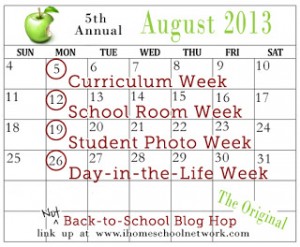 Want to see what my fellow iHomeschool Network bloggers are learning this year?
Want to see what my fellow iHomeschool Network bloggers are learning this year?
Check out the rest of Curriculum Week at the Not-Back-To-School Blog Hop here (and you can link up your posts, too!)
This post is also part of the How to Teach Without a Curriculum linkup through the iHomeschool Network. Click the image below to read more posts on teaching without formal curriculum!
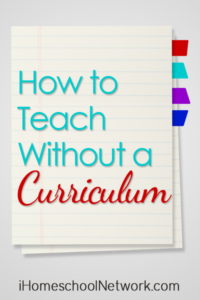
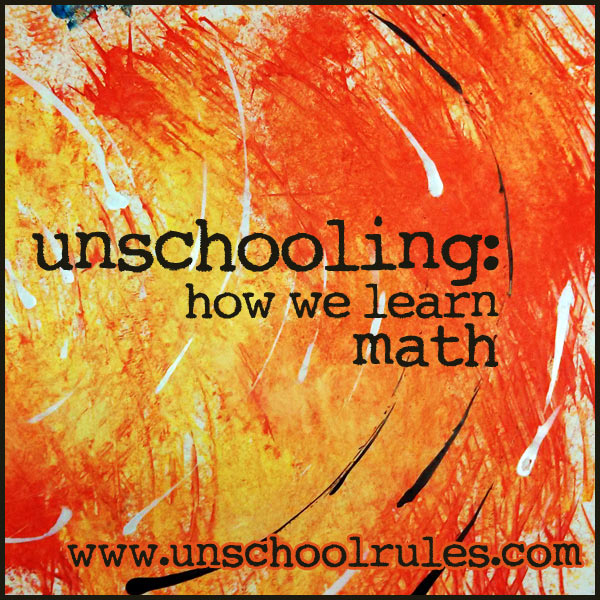
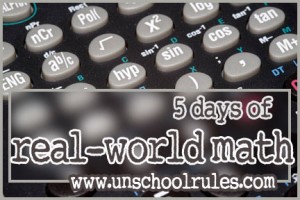 I hope you’ll check out five days of real-world math.
I hope you’ll check out five days of real-world math.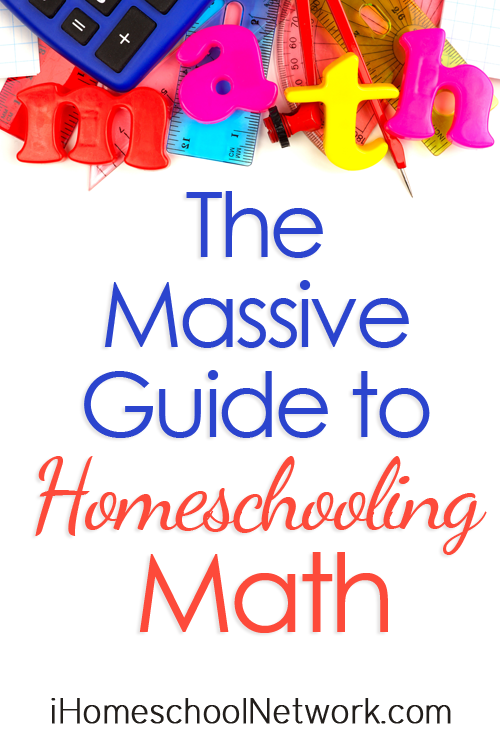 This post is also part of the iHomeschool Network’s Massive Guide to Homeschooling Math.
This post is also part of the iHomeschool Network’s Massive Guide to Homeschooling Math. 